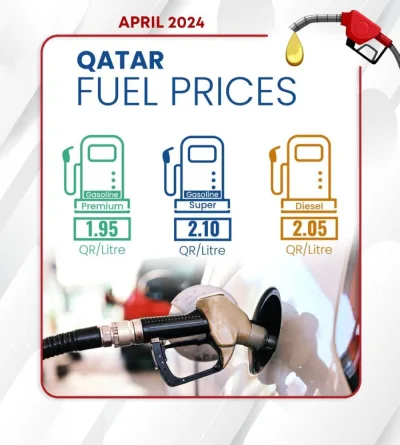Reuters/London
After one of the worst years in memory for commodity funds, even the few managers who found a way to make money last year say
they expect a difficult start to 2015.
Collapsing oil and grain prices caused havoc for commodity funds in 2014, with the average actively managed fund in the Lipper
Global Commodity sector losing 14.35%. Big names abandoned the field altogether, and investors redeemed billions.
A handful of managers were nevertheless able to exploit the sudden mid-year surge in volatility and the fall in prices. But even
they expect a difficult 2015 with pressure on prices to fall further.
“It’s the worst place to be, but a long/short fund still has a lot of opportunities,” said Christian Gerlach, portfolio manager
at Swiss & Global Asset Management, whose Julius Baer-branded commodity strategy was one of the few to perform well, up 6.09% in
2014.
Funds like Gerlach’s can bet on prices going down as well as up. “It’s a market neutral strategy, so we’re always hedging our
positions - that helps in such a bad long-only environment,” Gerlach said, citing profitable shorts in grains, oil and sugar.
Other top performers in 2014 were systematic managed futures funds that use sophisticated computer models to crunch data.
Millburn Commodity and Man AHL Diversified both delivered returns of over 30% in a year that saw the worst performers lose more
than 30%.
“Our strategy made money by shorting energy and grains, probably similar to other CTAs (Commodity Trading Advisers), but we were
also profitable in the first half when crude and other markets moved sideways,” said Barry Goodman, executive director of trading
at Millburn Ridgefield Corp.
Millburn’s models analyse up to 20 factors in each of the markets they trade, to generate signals that determine whether to go
long or short and how big a position to take.
Going into 2015, Millburn’s positions are relatively light, using less than 30% or so on average of the potential risk that could
be deployed.
“Our models have become a bit more risk averse,” Goodman said. “With only a few exceptions, like natural gas, signal strengths
are relatively modest - there are few major short or long signals.” Gerlach echoed this, saying he had a low net exposure as he
was short energy, long agriculture and flattish on metals: “We always start small and if we are profitable we leverage up. But we
haven’t yet found a real value market.”
Gerlach believes drawdown management – limiting the potential risk of bad bets – will be even more important than in 2014: “We
will look for things to bottom out – it won’t be the time for really massive short positions,” he cautioned.
However, with volatility creating more divergence in performance among different classes of commodities, he believes it is
worthwhile approaching the market again.
The sudden jump in volatility in the summer, after a prolonged period of stable prices, caught out some managers.
“Because the volatility was so low, a lot of people leveraged up to improve returns. That explains some of the huge drawdowns,”
Gerlach said.
The 14.35% average loss in 2014 was worse than the previous year’s average drawdown of 9.98% and reflects the fact that many
commodities sold off hard in the second half.
The S&P GSCI, a popular commodity index, ended the year down over 33%, clobbered by a fall of 50% in Brent crude prices since
June and losses of 44% for the year for the energy sector as a whole. Grains, silver and copper also sold off hard.
Barclays said 2014 was one of the “most difficult years ever” for broad-based commodity investments, with an expected decline of
some $50bn in commodity assets under management for the full year.
The double whammy of price falls and redemptions led to the closure of several big name commodity strategies including those of
Hermes, Brevan Howard, Hall Commodities and Schroders Opus, a fund of hedge funds.
The question is whether those investors who crashed and burned will ever return. In the long-only space, investors have
traditionally used commodities as an inflation hedge, so with deflation on the cards, gathering assets looks like an uphill
struggle.
“Inflation hasn’t come back and that goes hand-in-hand with the asset class not coming back. Investors are hesitant and you see
that with the withdrawals,” said Gerlach.
Barclays estimated outflows from commodity indices at about $18bn in January-November, far greater than the previous all-time
high of $7.4bn withdrawn over 2013 as a whole.



